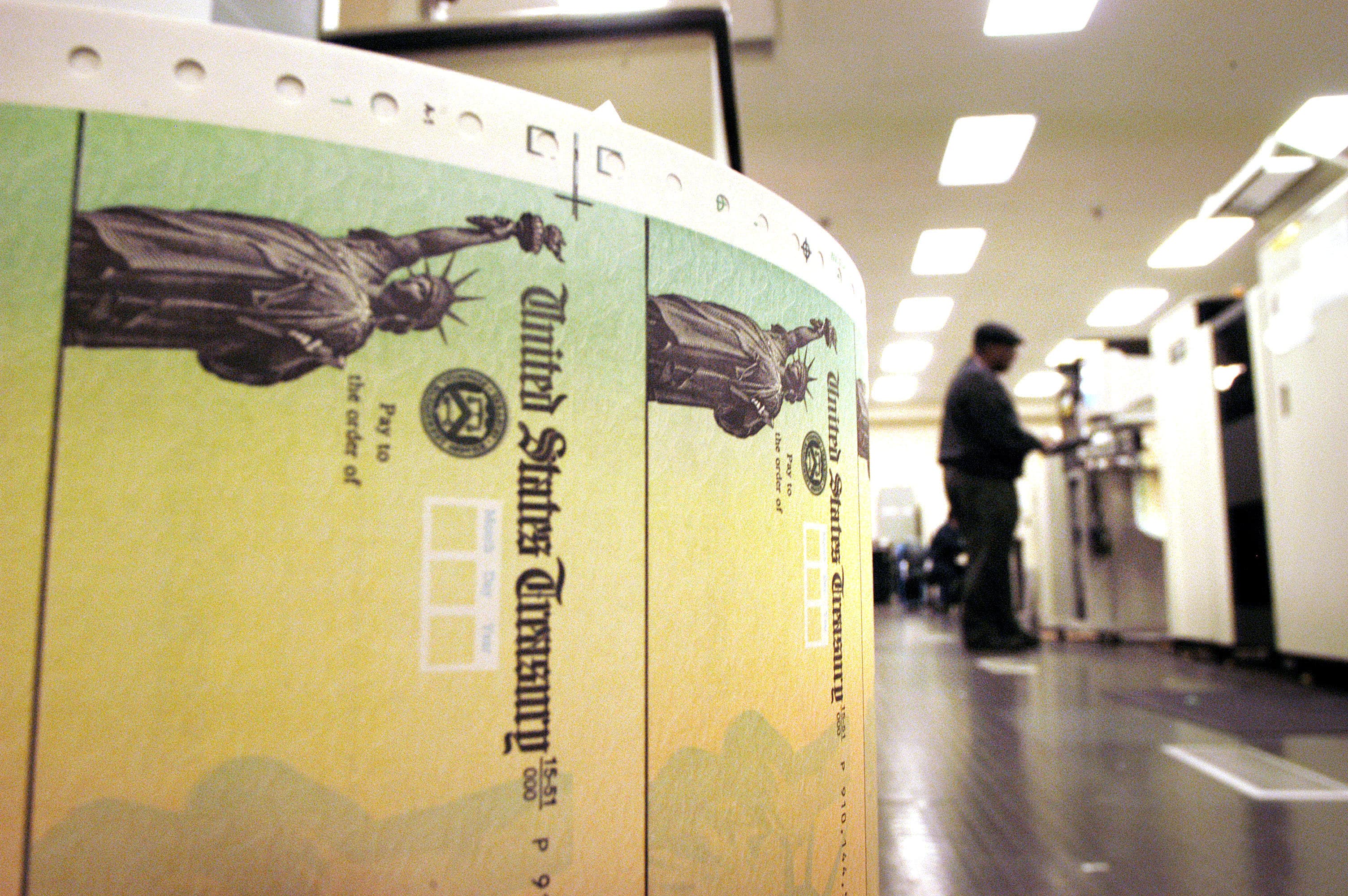Products You May Like
The new year will usher in bigger Social Security checks for many beneficiaries starting this month.
That’s as a record 5.9% cost-of-living adjustment, or COLA, takes effect.
It marks the biggest annual increase in about 40 years. In 2021, benefits went up by just 1.3%.
The average retirement benefit will be about $92 per month higher — to $1,657 from $1,565 last year.
Still, higher Medicare Part B premiums could reduce the size of those checks, while rising inflation could clip their buying power.
When the 2022 COLA will start
Monthly Social Security payments are largely distributed to beneficiaries based on their dates of birth.
If your birthday falls on the 1st through 10th of your birth month, then your benefits are paid monthly on the second Wednesday. This month, that falls on Jan. 12.
If you were born between the 11th and 20th of the month, your checks are paid on the third Wednesday — or Jan. 19 this month.
If you were born between the 21st and 31st, your benefits are paid on the fourth Wednesday. That falls on Jan. 26 this month.
How to find out how much you’ll receive
You do not necessarily have to wait for your January check in order to know your monthly benefit for 2022.
Most beneficiaries can access that information online through a My Social Security account. The Social Security Administration typically also sends mailed notices.
Alternatively, you can also calculate your 2022 monthly benefit amount on your own.
Take your monthly benefit from this year and multiply it by 1.059 in order to determine how much of an increase you will see. Then, subtract your estimated Medicare Part B premium.
The amount you will pay in Medicare Part B premiums is based on your income tier using your modified adjusted gross income from your tax return from two years ago.
The standard Part B premium for 2022 will be $170.10, a 14.5% increase from $148.50 last year. People who have income above certain thresholds pay an additional amount, known as an an Income Related Monthly Adjustment Amount. Monthly premium payments are often deducted directly from Social Security benefit checks.
When you may want to make adjustments
Additional income may mean higher taxes.
Many retirees have a blend of income from Social Security benefits and other investments, typically 401(k) plans or individual retirement accounts.
Social Security beneficiaries with combined incomes above certain thresholds — starting at $25,000 for individuals or $32,000 for couples — may pay taxes on up to 85% of their benefits. (Combined income includes adjusted gross income, non-taxable interest income and one-half of Social Security benefits.)
More from Personal Finance:
Retirees need to keep this much cash, advisors say
Now’s the time to boost 401(k) contributions for 2022
Here is the age when many Americans hope to retire
Oftentimes, it makes sense to reduce the withdrawals from other taxable accounts and therefore reduce the amount of Social Security benefits that ends up being taxable, said Joe Elsasser, founder and president at Covisum, a Social Security claiming software company.
“Whenever you have a larger concentration of Social Security benefits relative to other income, you tend to have a much more tax efficient overall picture,” Elsasser said.
Alternatively, if your income has gone down, you may want to contact the Social Security Administration to see if your Medicare Part B premium can be reduced.
Why benefits may not go up as much next year
The last time the COLA was almost as high was in 2009, when benefits increased by 5.8%. But in the following two years, the annual adjustment was zero.
The reason: The cost-of-living adjustment is calculated each year based on the Consumer Price Index for Urban Wage Earners and Clerical Workers, or CPI-W, a government measure for changes in certain prices.
If that index does not go up as much, the COLA will not, either. But the good news is that would mean inflation is lower, and your money could have more buying power.
